Mercedes-Benz SLK
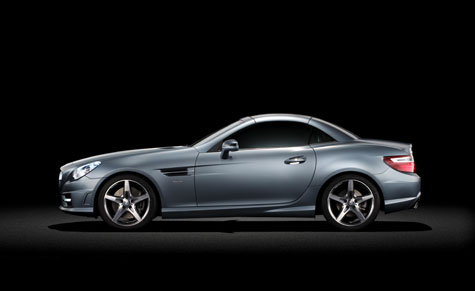
From the outset, a roadster promises a fast and fun drive in the open air -- their compact and light build allowing for the agility needed to wiz in and out of sharp corners and accelerate in a matter of seconds. This is the marketing proposition. Thankfully, the new, third generation version of the Mercedes-Benz SLK does exactly that. It is fast -- reaching 62mph in just 5.6 seconds -- and extremely fun to drive.
The SLK was first introduced in 1996 as a smaller, sportier sibling to the SL, pitched at a slightly younger audience. From the outset, its size and style attracted female buyers, perhaps also drawn by the less than aggressive styling. The larger SL has always oozed elegance with its sharp, chic design, but the SLK began by looking a little overworked, exhibiting far too many character lines and excessive surface treatment for a small compact car.
src="/images/98_mercedesslk_hm040411_it.jpg" alt="mercedes slk">
Mercedes' designers seem to have addressed these issues with the latest reincarnation of the SLK, creating a car that is far more confident in terms of design and a clear extension of the current brand aesthetic. The exterior is dominated by the company's 'new family face', as introduced by design director Gorden Wagener on the SLS AMG. Now the famous grille is the centre of attention with everything else is composed around it. On the SLK, visual emphasis is placed on the sculptural upright grille with its three-pointed star. This is framed by the prominent jewel-like headlamps (utilising LED technology for the first time on this model).
The SLK also features what Mercedes calls the 'magic sky control' -- a fancy name for a tinted panoramic glass roof panel that can become transparent at a touch of a button in order to control the amount of light that streams through the cabin.
The interior clearly references the design of the SLS AMG supercar. The sporty cabin features four round, galvanised air outlets that are integrated in the dashboard and a flat-bottomed fat leather steering wheel that is almost the perfect fit for this little car.
Material offerings remain rather on the conventional side - the usual swathe of leather trims, double-stitching door gussets, optional two-tone seats and soft leather upper dashboard. The centre console and other trim parts come in brushed aluminium and wood is available in high-gloss dark brown walnut or black ash. The SLK also comes with the excellent second generation 'Airscarf', neck-level heaters that keep you snug during out of season open-air driving (useful in convertible-obsessed markets like the UK).
Receive our daily digest of inspiration, escapism and design stories from around the world direct to your inbox.
With the company's new 4 and 6-cylinder engines under the bonnet and all the usual low-emissions tricks like a start/stop function, the car promises to be 25 per cent more economical than its predecessor.
Wagener has been on a mission to bring some of the lost sparkle back to Mercedes ever since he was promoted to vice president of design in 2008. He's previously noted that the marque had lost its sporty design heritage, pointing out that in today's car market, customers, no matter what their age, desire a younger, sportier model.
Wagener and his design team are certainly heading in the right direction with new SLK. It's an altogether more mature car than the two previous models. These great strides are much needed as it will have to compete with some pretty desirable contenders on the market, including the Porsche Boxster, BMW Z4 and Audi TT. Right now, however, the SLK is the most modern roadster on the market, and for many of those in the market, that's its most appealing quality.
A writer and editor based in London, Nargess contributes to various international publications on all aspects of culture. She is editorial director on Voices, a US publication on wine, and has authored a few lifestyle books, including The Life Negroni.
-
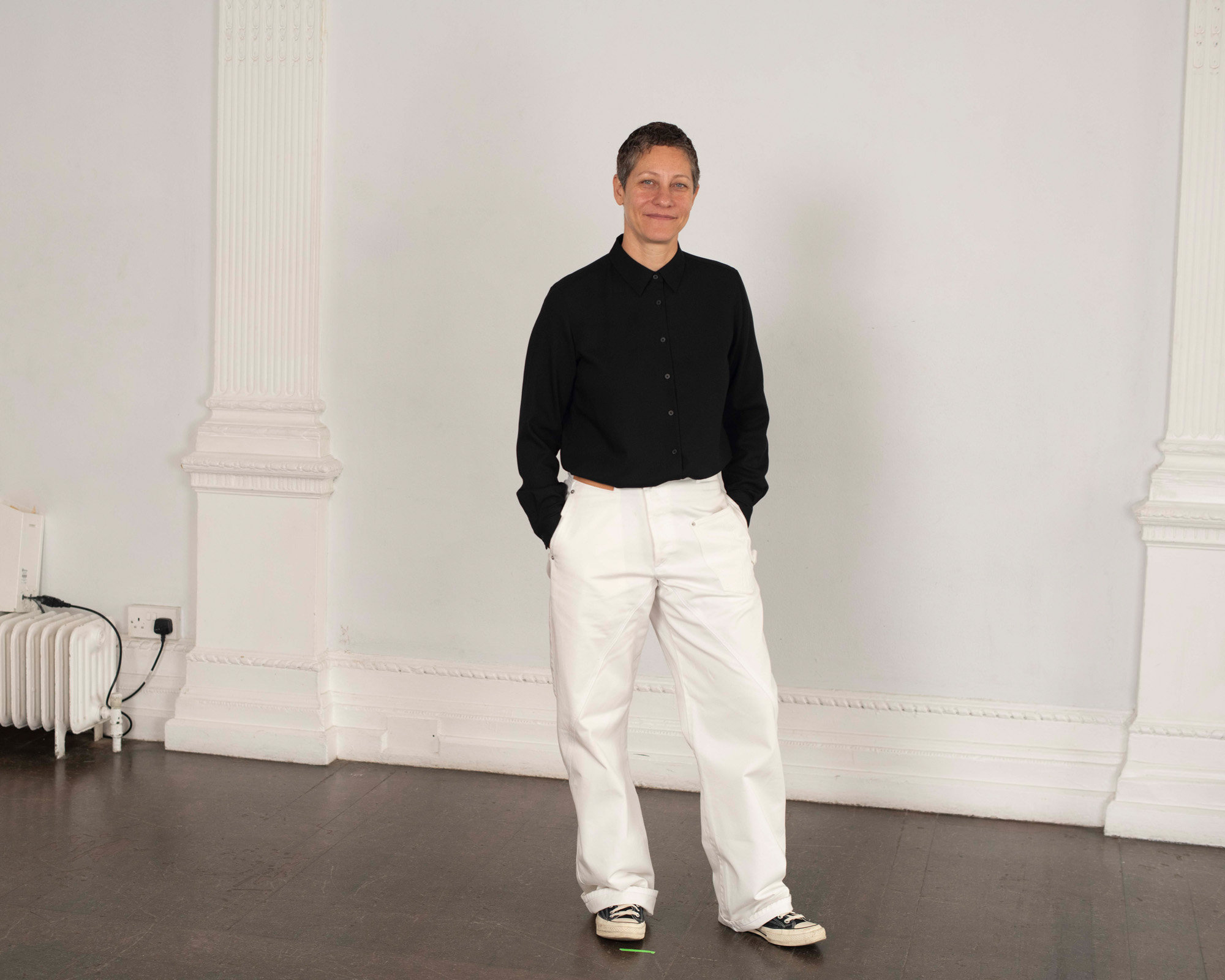 Bengi Ünsal steers London's ICA into an excitingly eclectic direction
Bengi Ünsal steers London's ICA into an excitingly eclectic directionAs director of London’s Institute of Contemporary Arts, Bengi Ünsal is leading the cultural space into a more ambitious, eclectic and interdisciplinary space
-
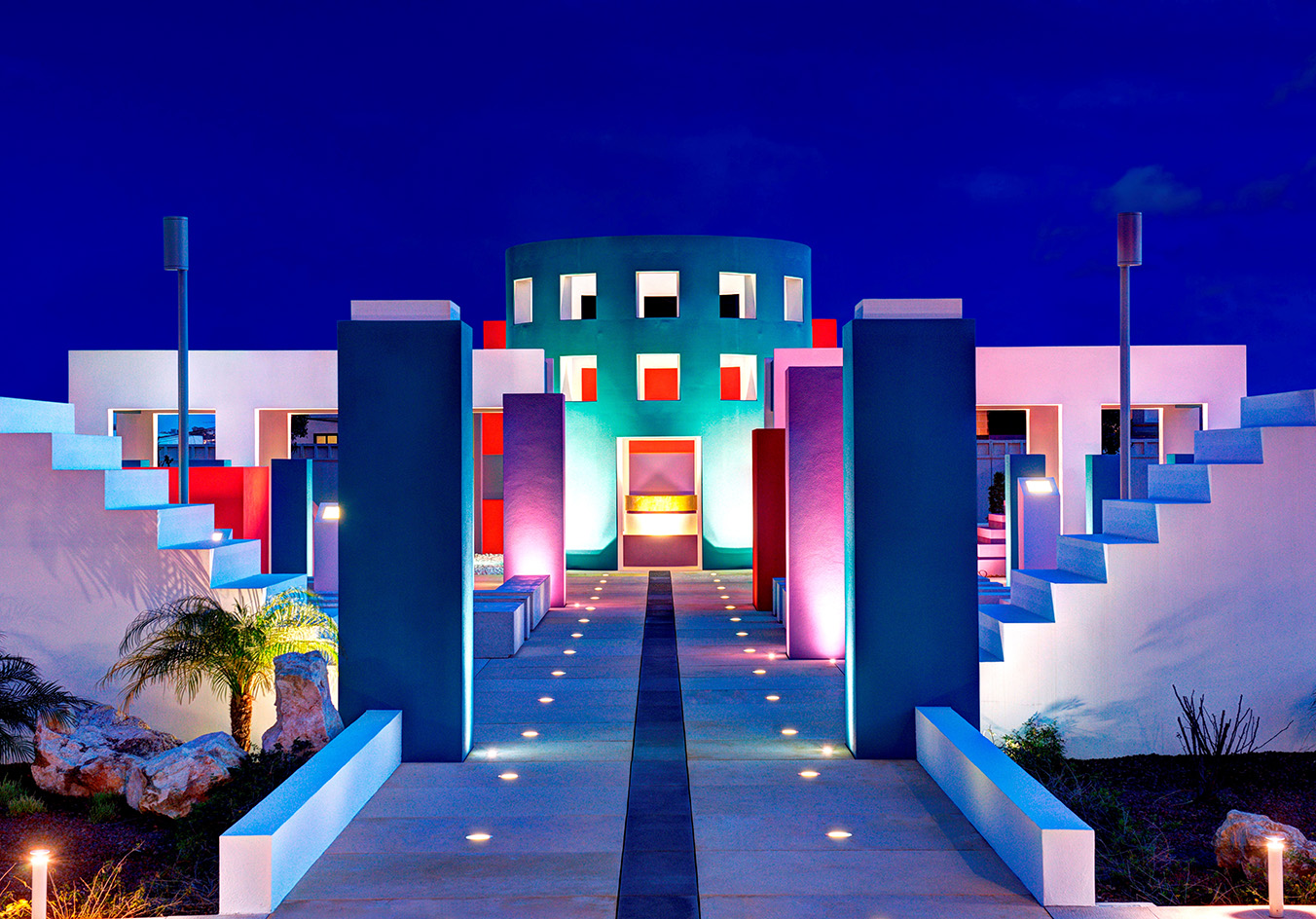 Discover the work of Richard England, the lesser-known postmodernist from Malta
Discover the work of Richard England, the lesser-known postmodernist from MaltaRichard England, arguably Malta's most influential architect, might not be as well-known as others in the postmodernist realm, but he has been prolific, his work mesmerising and inspiring to this day; we visited a show in Marseille surveying his career
-
 In need of validation in a narcissistic world? Reflect on the power of mirrors
In need of validation in a narcissistic world? Reflect on the power of mirrorsHave you ever spoken to your reflection and told it that you love it? Look into your eyes, and give it a go - here are a few mirrors to help
-
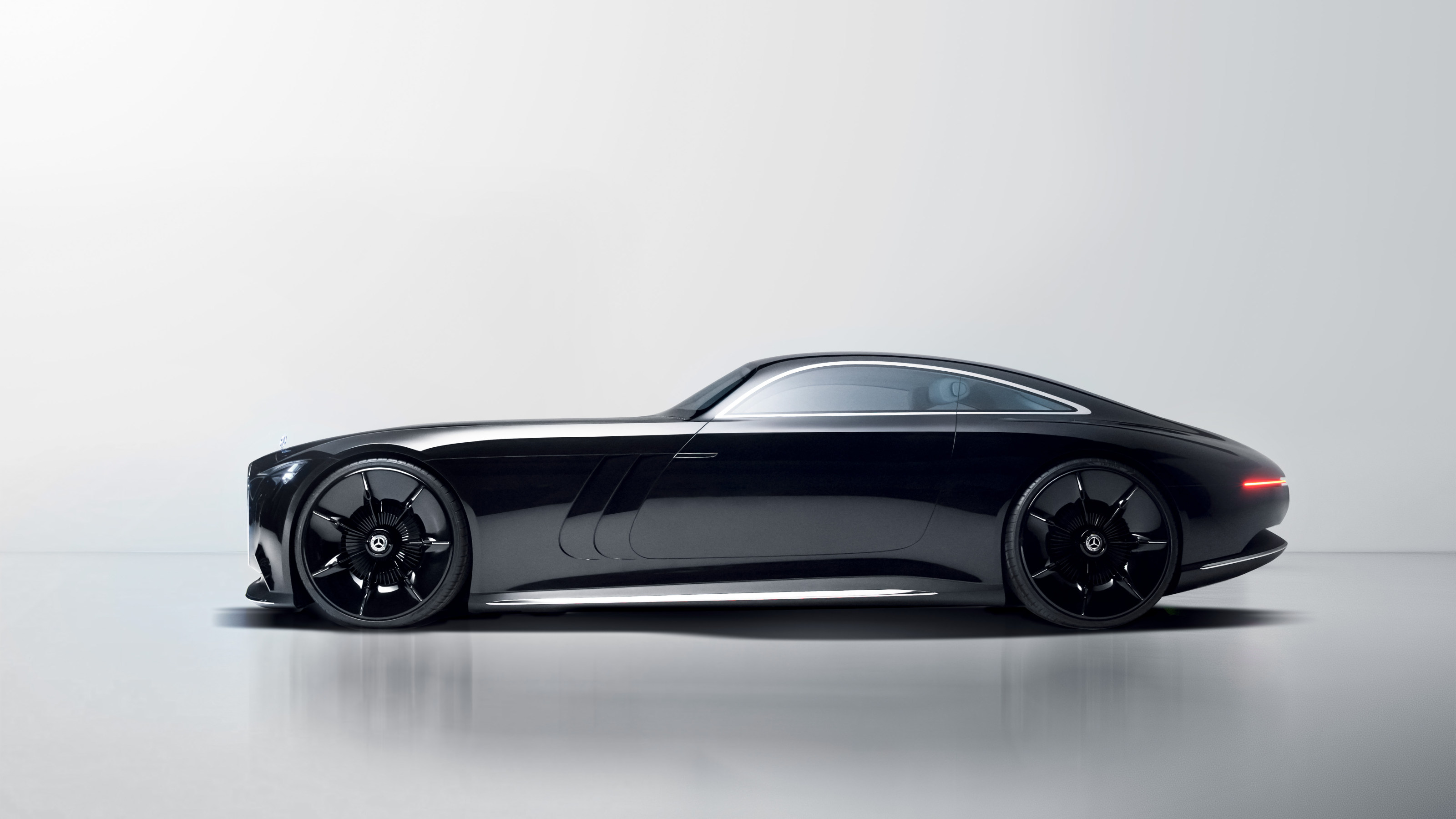 The Mercedes-Benz Vision Iconic is automotive haute couture, a concept with cinematic style
The Mercedes-Benz Vision Iconic is automotive haute couture, a concept with cinematic styleThe Vision Iconic concept makes a play for a new approach to future luxury, blending art-deco excess with neo-gothic trimmings and monumental scale
-
 All the new electric cars and concepts revealed at Munich’s IAA Mobility 2025
All the new electric cars and concepts revealed at Munich’s IAA Mobility 2025Munich’s alternative motorshow is now in its third iteration, combining a traditional exhibition space with a conference and large-scale public activations on the streets of the city
-
 How will future car interiors take shape? London studio NewTerritory has a vision for automotive design
How will future car interiors take shape? London studio NewTerritory has a vision for automotive designDesign studio NewTerritory has set up a new automotive division to explore the future of car interiors. We interrogate the team
-
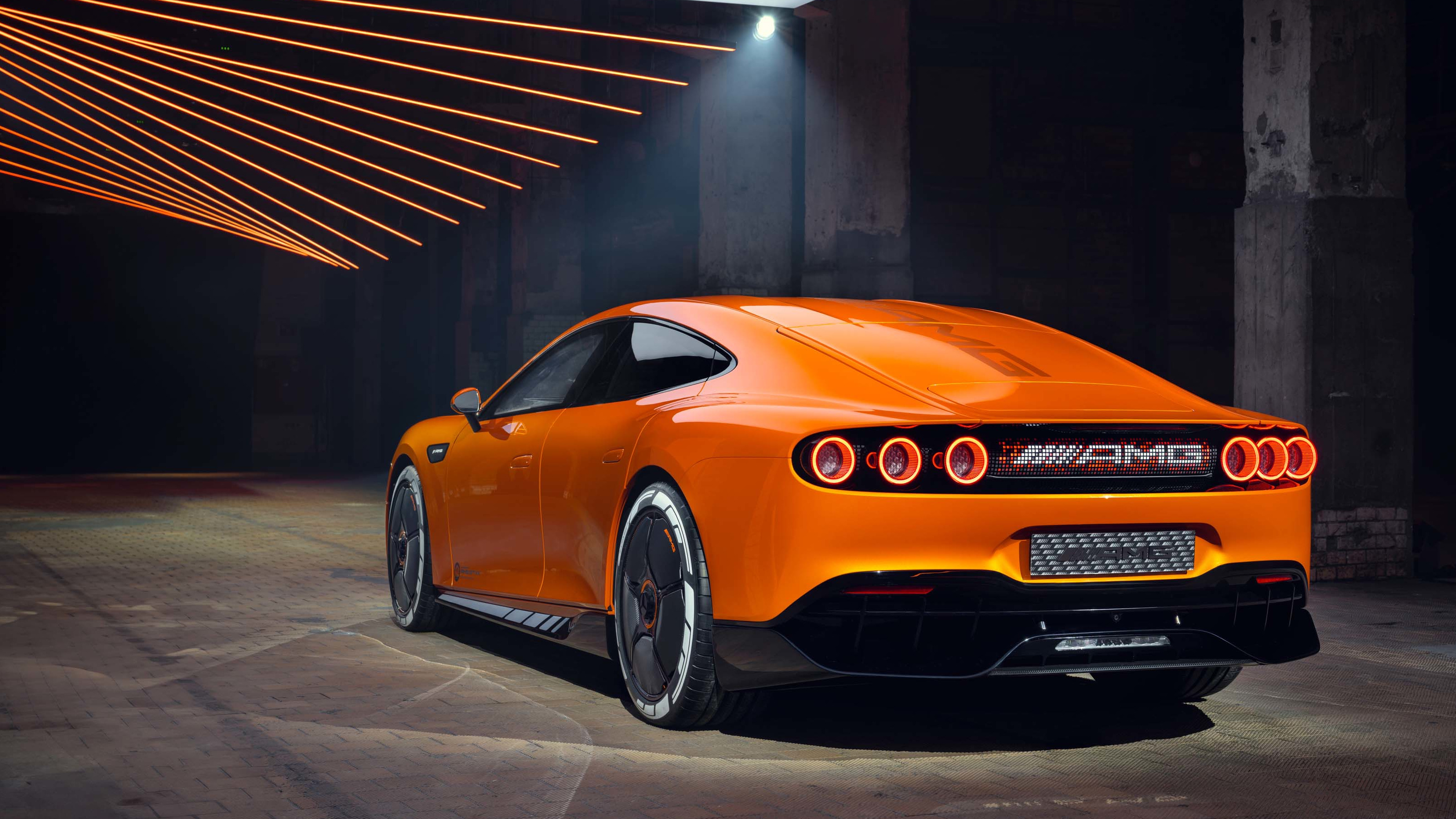 A mighty concept coupé from Mercedes-AMG rewrites the electric performance car rulebook
A mighty concept coupé from Mercedes-AMG rewrites the electric performance car rulebookThe Mercedes-AMG Concept AMG GT XX is a four-door coupé that explores new approaches to battery tech, brake cooling and aerodynamics. As a sign of things to come, it can’t be ignored
-
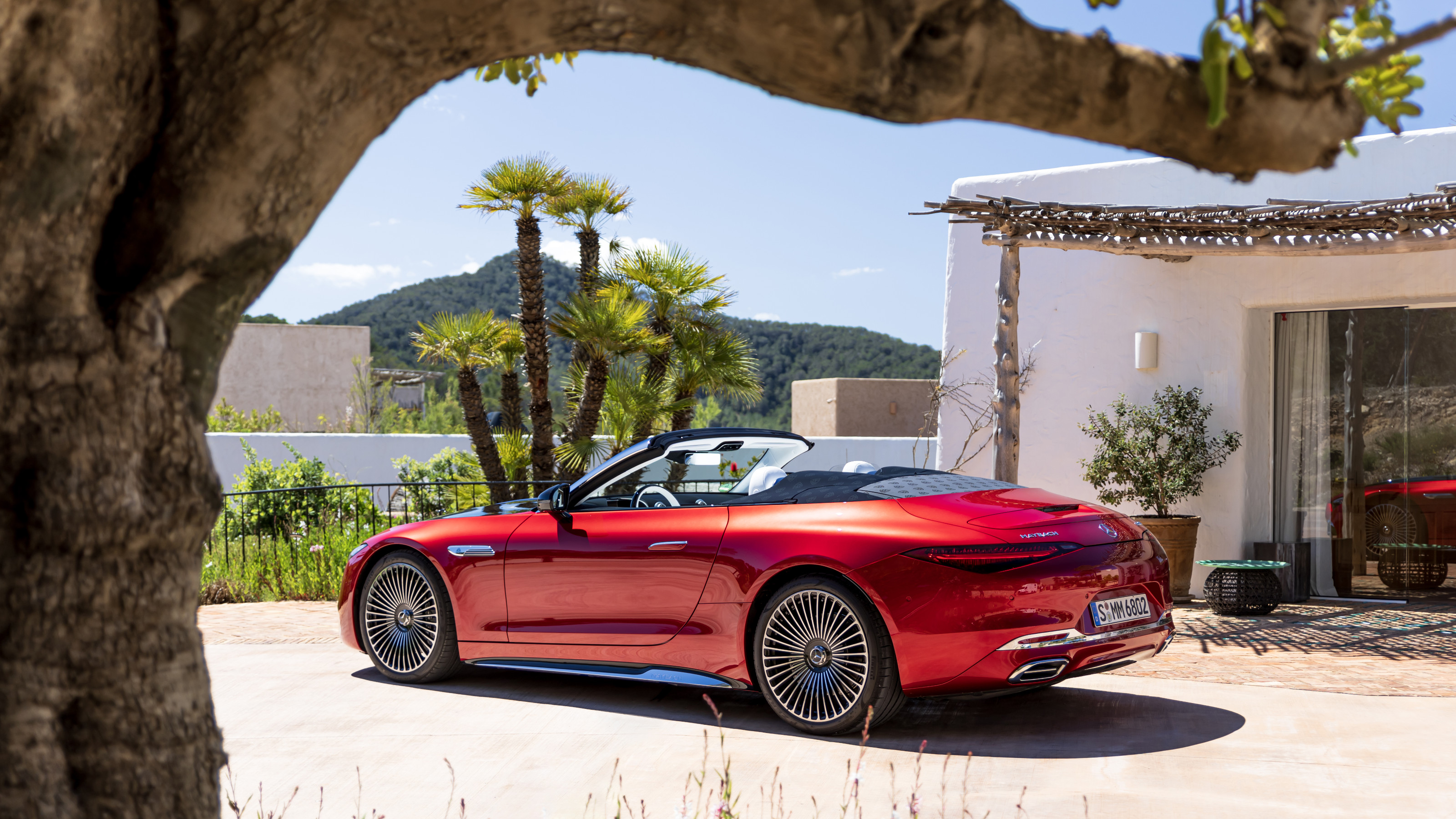 The Mercedes-Maybach SL 680 Monogram Series is an eyeful as well as a mouthful
The Mercedes-Maybach SL 680 Monogram Series is an eyeful as well as a mouthfulMercedes-Maybach’s first-ever sports car is comprehensively ‘wallpapered’ in the brand’s double-M design. We sampled this monogrammed machine on the coast of Ibiza
-
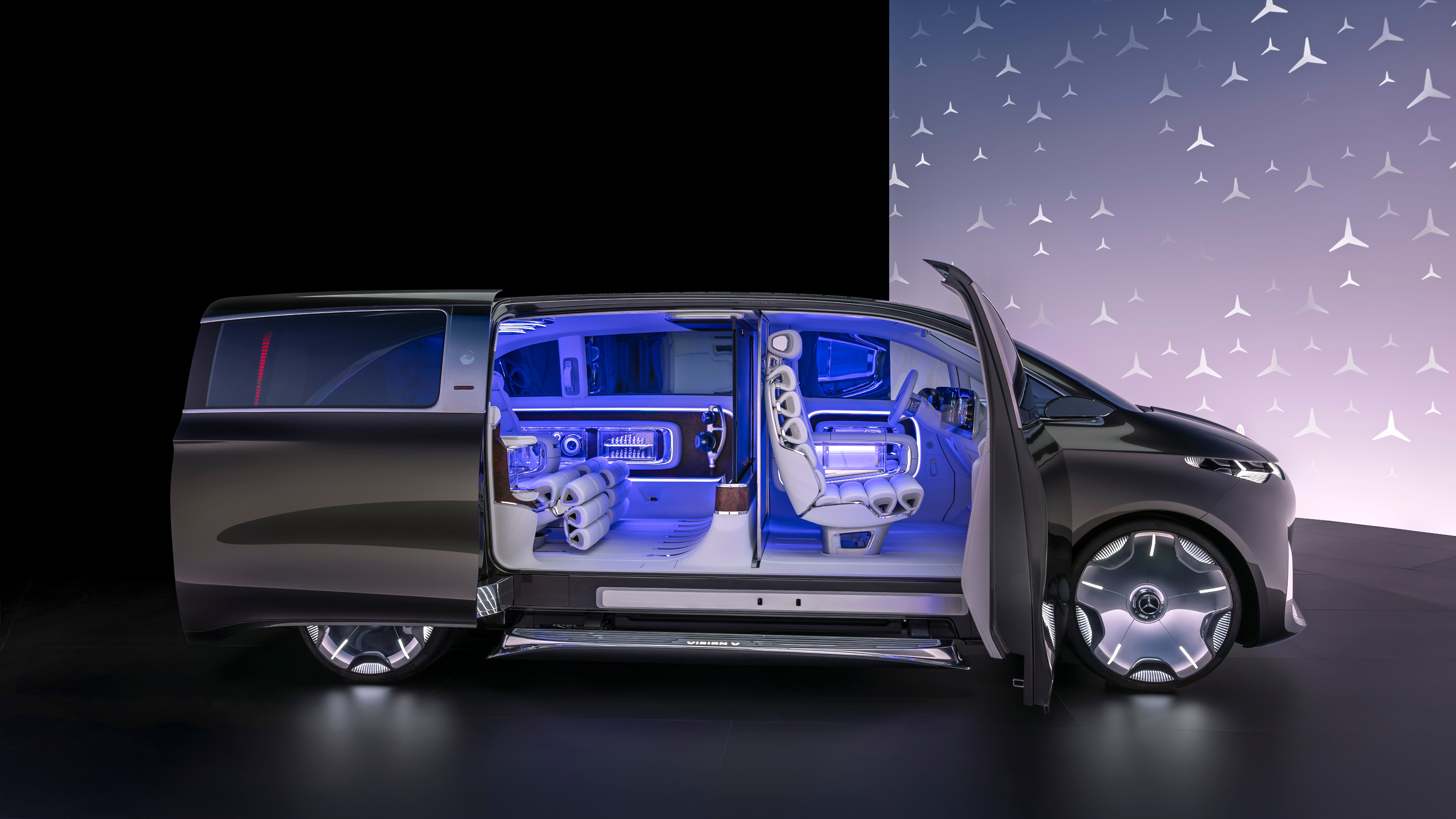 Mercedes-Benz previews its next-gen people mover with an ultra-luxury EV concept
Mercedes-Benz previews its next-gen people mover with an ultra-luxury EV conceptThe Mercedes-Benz Vision V Concept is an art deco picture palace on wheels, designed to immerse passengers in parallel worlds as they travel
-
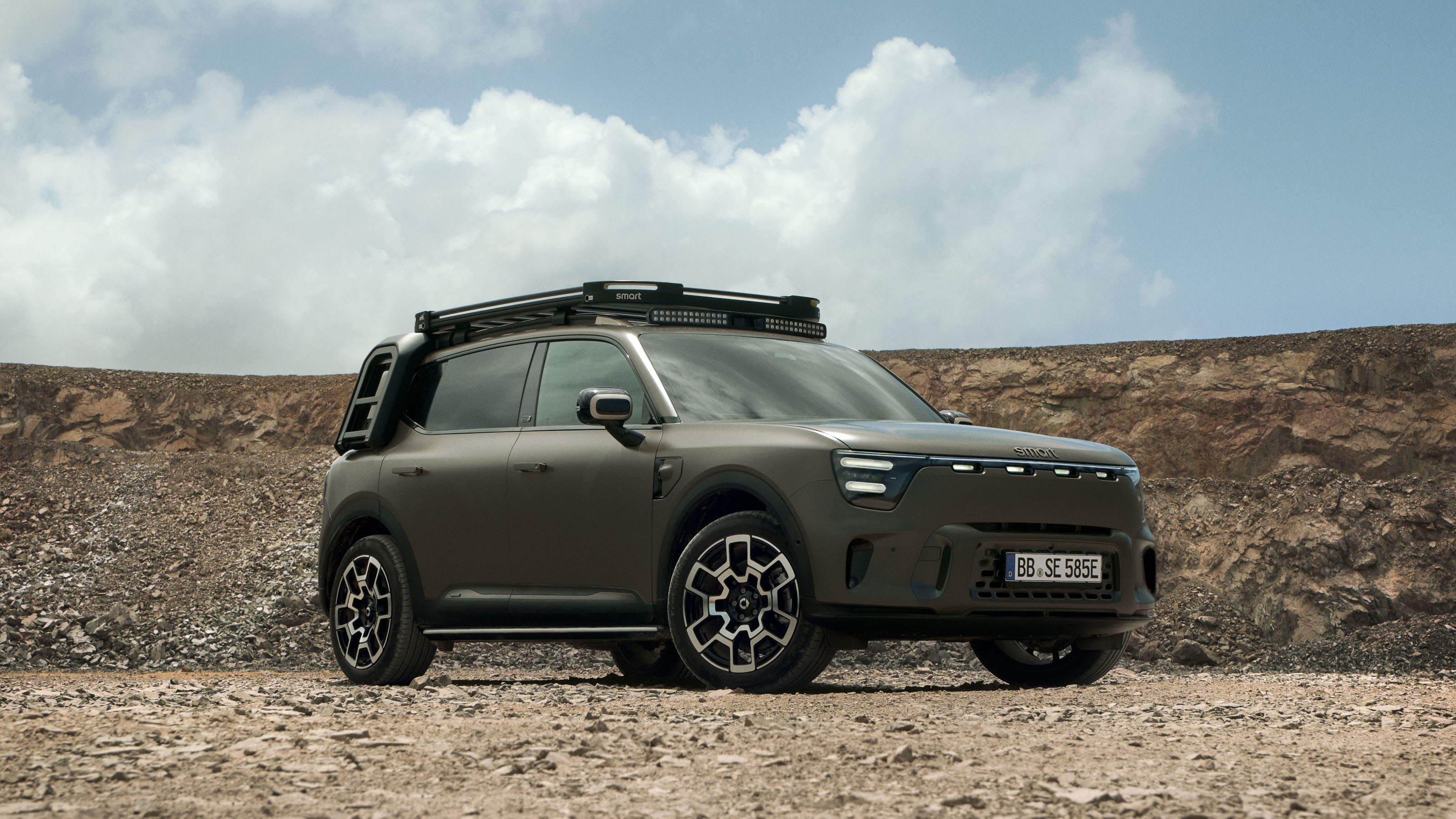 The new Smart #5 takes the brand's essential character upmarket and offroad
The new Smart #5 takes the brand's essential character upmarket and offroadKai Sieber, head of design Smart at Mercedes-Benz Design, discusses the evolution and style of the new Smart #5
-
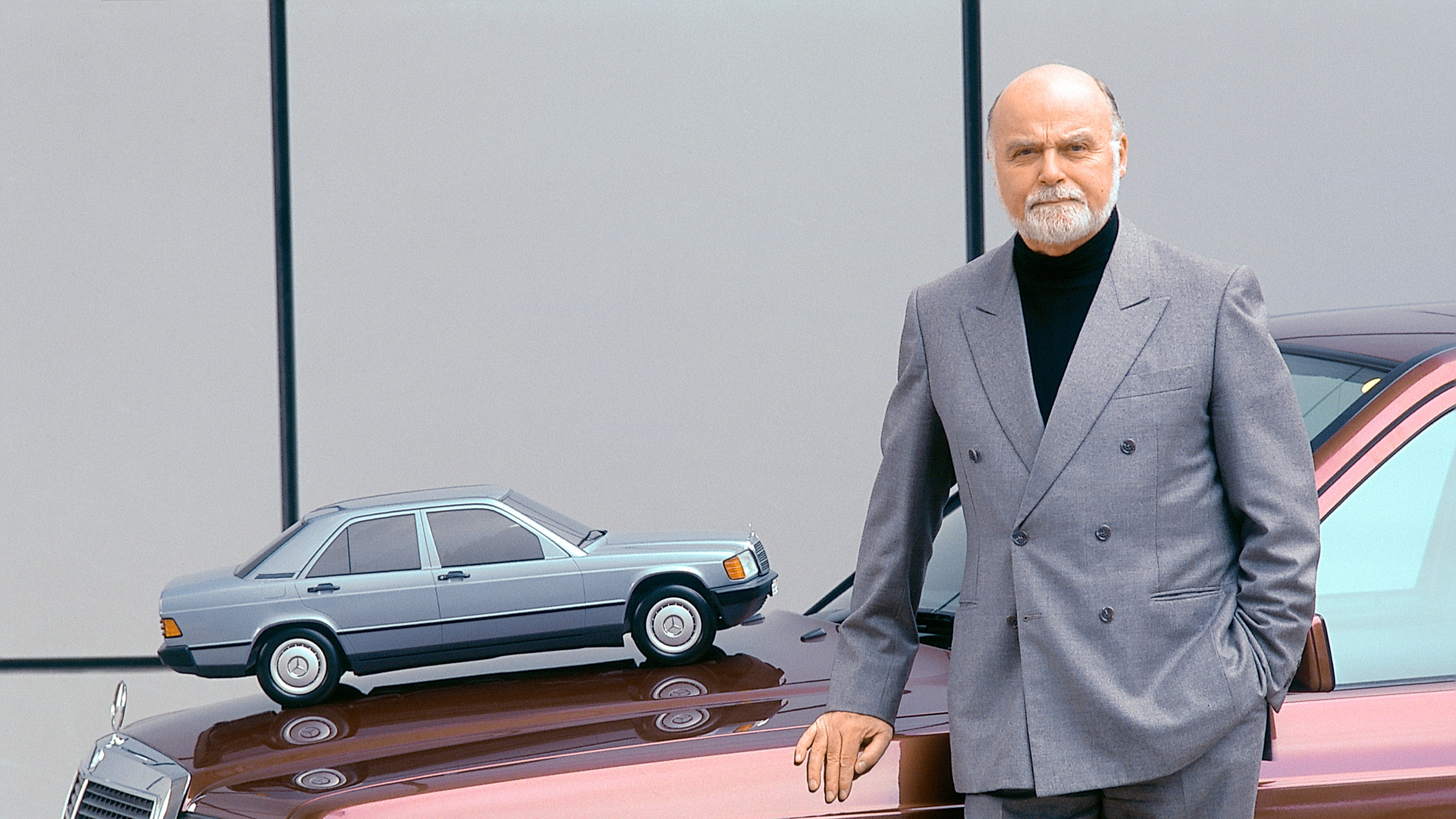 In celebration of Bruno Sacco, the man who brought order and elegance to Mercedes design
In celebration of Bruno Sacco, the man who brought order and elegance to Mercedes designThe car designer Bruno Sacco has died. Sacco shaped Mercedes-Benz design for nearly a quarter of a century. We look back on his impressive legacy